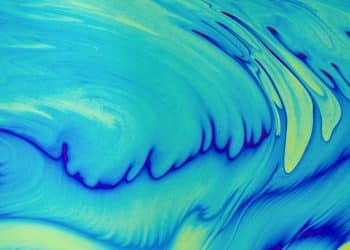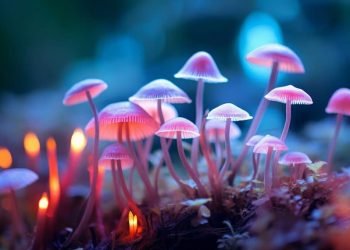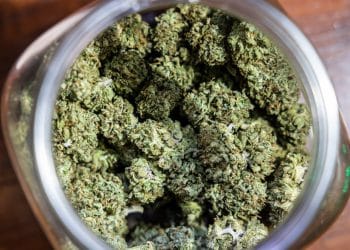Cannabinoids in chocolate is not simply known for its delicious taste; it’s also associated with effects on the brain. In fact, because of this association, the consumption of chocolate in conjunction with cannabis may augment effects or produce a unique experience.
The Neuroscience Institute in San Diego completed a 1996 study that may shed some light on this topic. [1]
Researchers theorized that certain lipids in chocolate were chemically and pharmacologically related to lipids produced by the brain, such as the endocannabinoid anandamide. When anandamide is released from neurons, it binds to the body’s cannabinoid receptors which causes a person to experience effects similar to those caused by cannabis. Therefore, according to the researchers, the lipids in chocolate may be responsible for the effects felt by chocolate consumers.
To Test Their Theory
The researchers sequentially fractionated samples of cocoa powder and chocolate by solvent extraction, column chromatography, high-performance liquid chromatography, and finally gas chromatography/mass spectrometry. These processes isolated and detected three lipids—unsaturated N-acylethanolamines, one with the same retention time as anandamide.
Researchers tested the effect of these three substances in vitro. They ultimately concluded that cocoa powder and chocolate may produce effects in the human brain that mimic cannabinoids through either the activation of cannabinoid receptors or (more prominently) by raising anandamide levels produced naturally by inhibiting its breakdown.
Although the specific mechanisms behind a chocolate consumer’s experience of euphoria are still elusive, these researchers speculated that heightened anandamide levels may result in a sensory-augmented consumption experience. They also speculate that elevated levels of anandamide may work in conjunction with other substances found in chocolate (such as caffeine) to boost feelings of well-being in the consumer. [1]
Cannabis and chocolate have a special chemistry. Consumers may find the use of chocolate with cannabis to be more potent or otherwise unique and enticing.
Image Source: Heather Barnes on Unsplash
References:
- Tomaso E di, et al. Brain cannabinoids in chocolate. Nature. 1996;382(6593):677-8. [Impact Factor 42.778; Times Cited: 168 (Semantic Scholar)]












